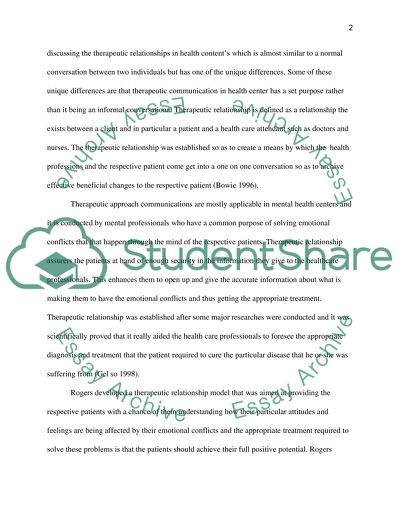Cite this document
(“Therapeutic Approaches Paper Assignment Example | Topics and Well Written Essays - 2000 words”, n.d.)
Therapeutic Approaches Paper Assignment Example | Topics and Well Written Essays - 2000 words. Retrieved from https://studentshare.org/nursing/1445947-therapeutic-approaches
Therapeutic Approaches Paper Assignment Example | Topics and Well Written Essays - 2000 words. Retrieved from https://studentshare.org/nursing/1445947-therapeutic-approaches
(Therapeutic Approaches Paper Assignment Example | Topics and Well Written Essays - 2000 Words)
Therapeutic Approaches Paper Assignment Example | Topics and Well Written Essays - 2000 Words. https://studentshare.org/nursing/1445947-therapeutic-approaches.
Therapeutic Approaches Paper Assignment Example | Topics and Well Written Essays - 2000 Words. https://studentshare.org/nursing/1445947-therapeutic-approaches.
“Therapeutic Approaches Paper Assignment Example | Topics and Well Written Essays - 2000 Words”, n.d. https://studentshare.org/nursing/1445947-therapeutic-approaches.


